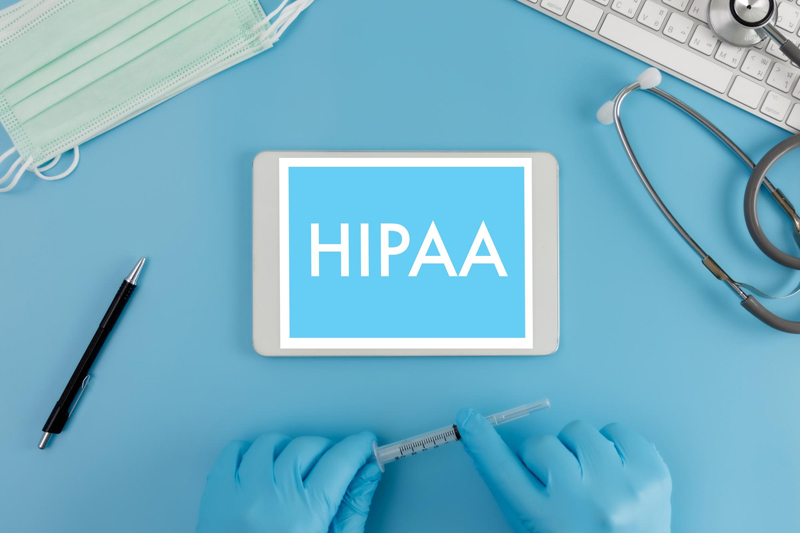Pre-existing condition exclusion signifies a limitation or exclusion of benefits for a health condition on the grounds that it was present before the coverage begins irrespective of whether any diagnosis, medical advice, care or treatment was recommended or received before that day. Suppose a person who has high blood pressure enrolls into a new health plan. The coverage for treatment related to high blood pressure will be denied in the new plan as it is a preexisting condition. Some preexisting conditions may be specified in the plan documents. Others, though not specified may operate to exclude healthcare benefits because a condition existed before coverage began.
The Health Insurance Portability and Accountability Act (HIPAA) of 1996 has put forth a protection measure that insists on limited use of preexisting condition exclusions by a new employer plan.
- Preexisting condition exclusions can be applied only to those health conditions for which medical advice, diagnosis, care, or treatment was recommended or received within a 6-month look-back period (6 months before the date on which the individual enrolled into the plan). The first day of the coverage or waiting period (the time period after an employee or a dependent becomes eligible to enroll under the terms specified by the plan) designated in the plan is considered as the enrollment date. This means that if you had a medical condition in the past for which no medical advice, diagnosis, care or treatment has been received within six months prior to your enrollment date in the health plan, it cannot be regarded as a preexisting condition to which an exclusion can be applied.
- There are certain cases for which preexisting condition exclusions cannot be applied such as pregnancy (irrespective of the previous coverage the woman had or not) and health conditions of a newborn, an adopted child under age 18 or a child under age 18 placed with a family or individual for adoption (unless the child receives cover under creditable coverage within a period of 30 days since the birth, adoption or placement for adoption and does not undergo a break in coverage). Genetic information may not be considered as a preexisting condition if the diagnosis of a condition is absent.
- Though HIPAA does not prohibit plans from having a waiting period, for a plan that has both periods, the maximum preexisting condition exclusion period starts when the waiting period begins.
- The prior creditable medical coverage of an individual can reduce the maximum preexisting condition exclusion period applied by a group health plan to that individual, if there is no significant break in coverage for more than 60 days. Suppose an employee had health coverage in a company for 14 months before he left his job. He got a new job after three months and enrolled into new health plan which provides health coverage for 8 months. That employee won’t get credit for 14 months of coverage as there is a break in coverage for more than 60 days. If he had enrolled into a health plan within 60 days after he left the job, then he would have received coverage for 14 months. Creditable coverage includes coverage under a group health plan (COBRA continuation coverage), an HMO, an individual health insurance policy, Medicaid, or Medicare and does not include coverage comprising just “excepted benefits,” as for instance coverage solely for limited-scope dental or vision benefits. Days in a waiting period are not considered while determining the significant break in coverage.
Even though the maximum preexisting exclusion period is 12 months (18 months in the case of late enrollees), the plans determine the actual period once you produce the certificate of creditable coverage. Usually information about an individual’s creditable coverage is obtained via a certificate provided by an earlier health plan or health insurance issuer. Individuals can also submit other evidence of creditable coverage.
Providers offering services to patients have to be aware of preexisting condition exclusions under HIPAA. A professional medical billing company with its efficient insurance verification services can help healthcare providers reduce claim denials based on these preexisting condition exclusions. They are able to check benefits in a timely manner and prevent any issues from coming up during revenue cycle management.




